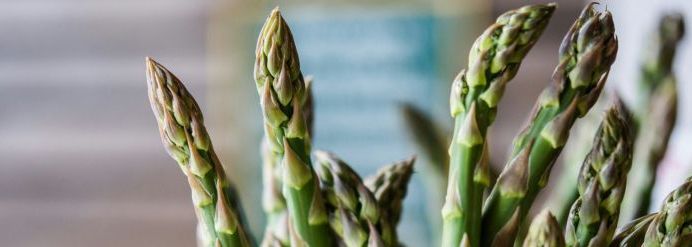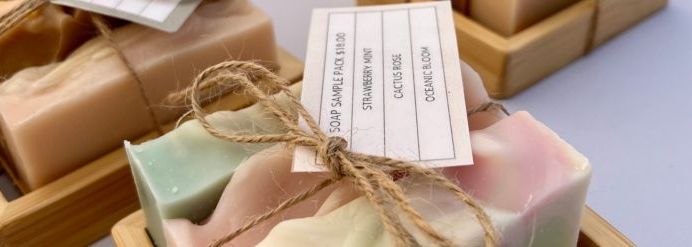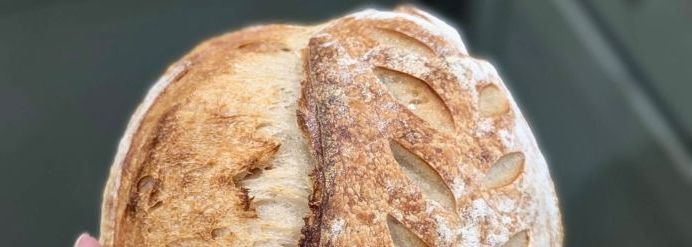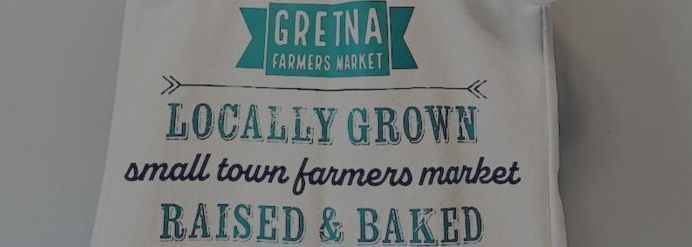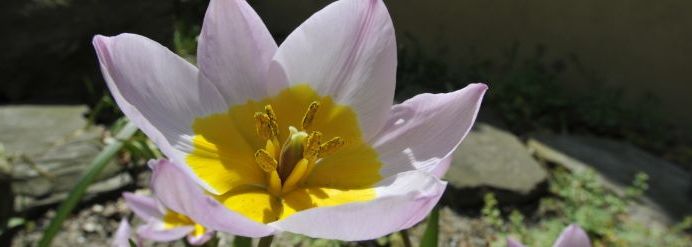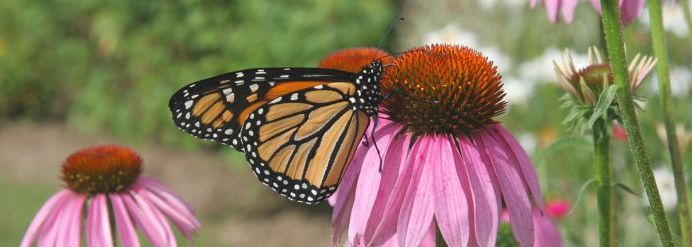Asparagus is a perennial vegetable prized for its tender spears and unique flavor. However, like any garden crop, asparagus can sometimes encounter problems that affect its growth and productivity. In this guide, we'll explore some common issues that gardeners may encounter when growing asparagus and give you some tips for identifying and addressing these problems in Gretna, Nebraska!
Thin or spindly spears
Thin or spindly spears are often a sign of inadequate soil fertility or overcrowded planting. Asparagus plants require nutrient-rich soil to produce robust spears!
Solution: Consider fertilizing your soil with a balanced fertilizer high in nitrogen, phosphorus and potassium. You can also try thinning out overcrowded plants to help improve air circulation and allow the remaining plants to thrive.
Yellowing or stunted growth
Yellowing or stunted growth can be caused by various factors, including nutrient deficiencies, pest infestations or diseases.
Solution: Conduct a soil test to determine if your soil is lacking essential nutrients and amend as needed. Keep an eye out for signs of pests such as asparagus beetles, aphids or slugs, and take appropriate measures to control them. If you suspect a disease is affecting your plants, remove and destroy infected foliage to prevent further spread.
Weeds
Weeds can compete with asparagus plants for nutrients, water and sunlight, leading to reduced growth and productivity. They can sometimes take over your asparagus bed completely.
Solution: Mulch the soil with a layer of organic mulch such as straw or wood chips. Hand-pull any weeds that emerge, taking care to remove the entire root system to prevent regrowth.
Rust disease
Rust disease is a fungal infection that causes orange or brown spots to appear on asparagus foliage. It thrives in warm, humid conditions and can spread rapidly if left unchecked.
Solution: Avoid overhead watering and ensure adequate air circulation around plants. Remove and destroy infected foliage and consider applying a fungicidal spray labeled for use on asparagus to help control the spread of the disease.
Improper harvesting
Improper harvesting can weaken asparagus plants and reduce their productivity over time. It’s important to harvest asparagus properly.
Solution: Wait until spears are at least 6-8 inches tall and snap them off at ground level using a gentle twisting motion. Avoid cutting spears with a knife, as this can damage the crowns and reduce future yields. Harvest only a portion of the spears from each plant, allowing the remaining spears to continue growing and replenish the plant's energy reserves.
Successfully grow asparagus in Gretna, Nebraska
While growing asparagus can sometimes present challenges, with proper care and attention, you can overcome common issues and enjoy a bountiful harvest of delicious spears. If you're experiencing issues with your asparagus plants, take the time to identify the problem and implement appropriate solutions. With a little effort and know-how, you can troubleshoot common issues and enjoy the rewards of growing your own delicious asparagus at home!
If you’re interested in selling your produce at the Gretna Farmers Market in Gretna, Nebraska, contact us today! The first day of the Gretna Farmers Market is June 1.




